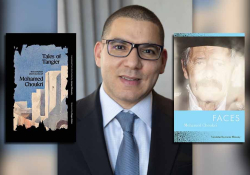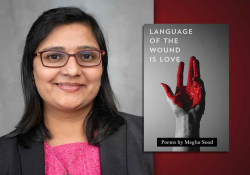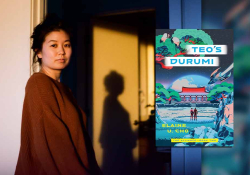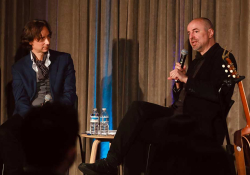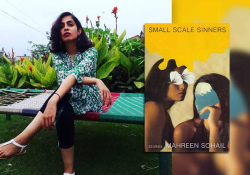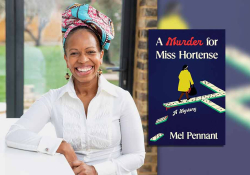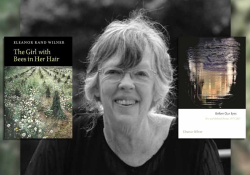Writing Diwali for Children: A Conversation with Sana Sood
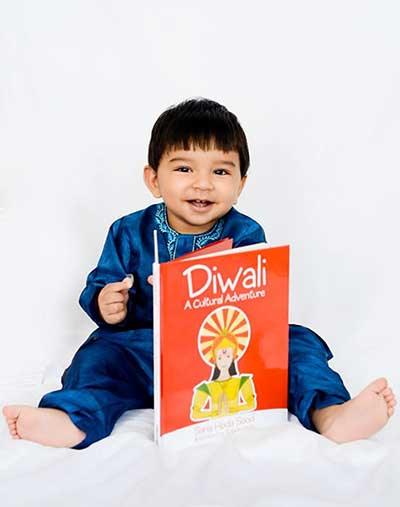 Sana Sood is an Indian American woman living in Washington, D.C. Growing up in India, Sood has always been very close to her culture and to its religious holidays. In order to expose her baby boy to Indian culture and teach him the significance of the upcoming Hindu holiday of Diwali, she has written a children’s book titled Diwali: A Cultural Adventure.
Sana Sood is an Indian American woman living in Washington, D.C. Growing up in India, Sood has always been very close to her culture and to its religious holidays. In order to expose her baby boy to Indian culture and teach him the significance of the upcoming Hindu holiday of Diwali, she has written a children’s book titled Diwali: A Cultural Adventure.
Janny Gandhi: Starting off, you mentioned that you worked in the corporate world. So how did you get interested in writing? Was the transition to writing children’s literature difficult, or did it go smoothly?
Sana Sood: To answer your question, I’ve actually always wanted to write, from a very young age. I wrote my first “book” at the age of eleven and have since written lots of short stories and always kept a journal. It was only when I was on maternity leave that I had the opportunity to commit myself fully to writing. At that time, my son was a few months old and Diwali was just around the corner. When I couldn’t find the perfect children’s book for my baby on Diwali, one that captured the true essence of what it means and what all of us can learn from it, my husband, Nitin, encouraged me to write one myself! Over the course of writing and publishing this book, I left my corporate career and have dedicated myself fully to being a writer and mommy. It’s honestly been the best decision of my life. I can now spend much more time with my family while doing something I’ve always loved. As such, the transition from a corporate career to writing children’s literature has been very smooth, and moreover, incredibly satisfying and rewarding.
JG: Do you plan on staying in the children’s literature genre, or trying something else after this book?
SS: I would love to write more children’s books and make this into a series. Maybe one on Eid, Holi, and then also some that go beyond Indian festivals. Parents seem to be appreciating the simplicity with which I’ve told the story of Diwali, and it’s been both educational and fun for kids. It would be great to continue this for more topics on Indian culture and traditions.
JG: What are some of the best parts of this book that children will especially enjoy? Is there any part in particular that your son especially enjoys?
SS: This book tells the story of Rama, his exile, the battle with Ravana, and Rama’s victorious return to his kingdom, which inspired Diwali. It then showcases how the festival is celebrated today and what lessons we can learn from Rama’s incredible adventure. As such, there are lots of different pieces to this story that appeal to children of different ages and interests. The book has been written entirely in rhyme, which is fun for kids to read. My son is just a year and a half old, but is already a minibookworm. He loves having me read to him before bed (and even pretends to read himself). His favorite part is one that reads: “the children then get phuljaris / which are so gleeful and fun / as they sparkle, crackle and shine / like the rays of our glorious sun.” He gets really excited on that page since it shows children playing with sparklers. We love to make the crackling sounds together—he gets a real kick out of it!
Also, the illustrations in the book are all hand-painted watercolors by my mother. She’s an incredibly talented artist, and it was amazing to work with her on this project.
JG: Do you have any advice you would give to other writers in the children’s literature genre? Any challenges you have faced, or pros and cons in general?
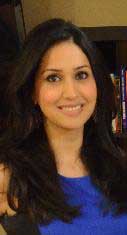
SS: The best advice I can give any aspiring writer, on children’s literature or any other, would just be to go for it, get that first draft out and then prepare to write and edit several iterations. For me, taking the first step into the world of writing took the longest (and finally happened only because of my husband’s cajoling), but the hard work really began as I started to fine-tune this book into one that was entertaining while also being educational and ensuring I captured the true spirit of Diwali.
Perhaps the most significant challenge I faced was “writing while mommy.” I’m a first-time mom to a beautiful little boy, and he’s my first priority—which means that writing, editing, and meetings with my publisher had to work around his nap times. On the flip side, “writing while mommy” was also hugely beneficial for me—it was only when I quit my corporate career and dedicated myself fully to being a stay-at-home mom that I was able to finish and finalize my book.
The pros have absolutely outweighed the cons for me on this journey. Writing and publishing this book has been immensely rewarding. Hearing that someone’s child loved the book and was excited about its message is always amazing and incredibly gratifying.
